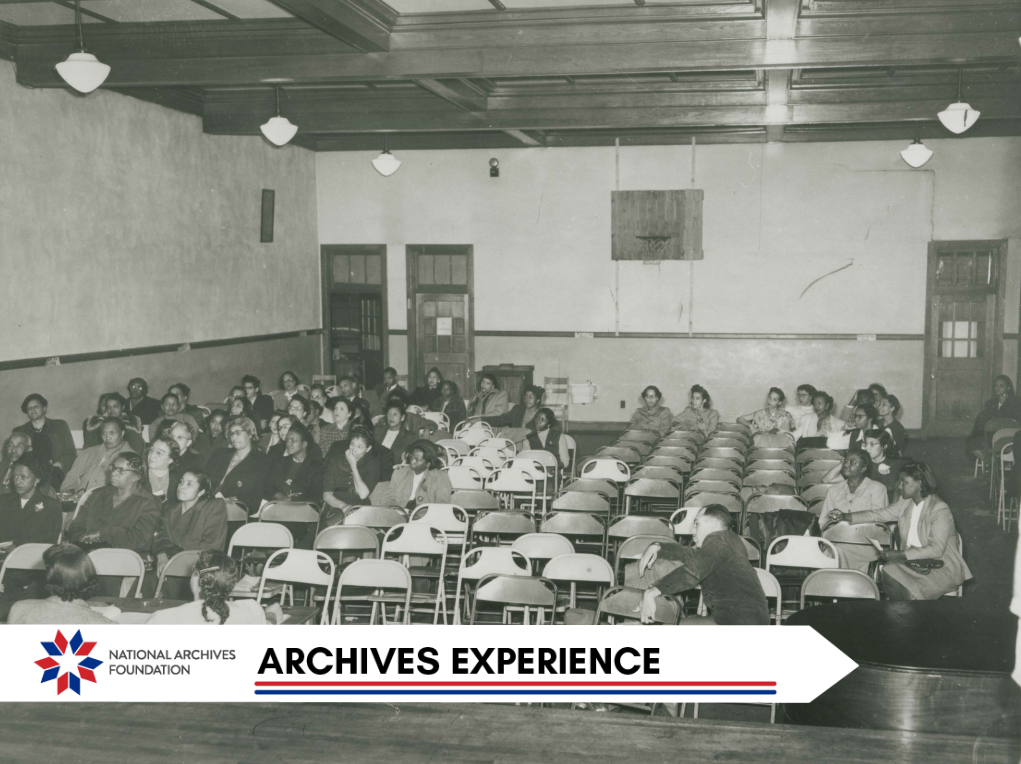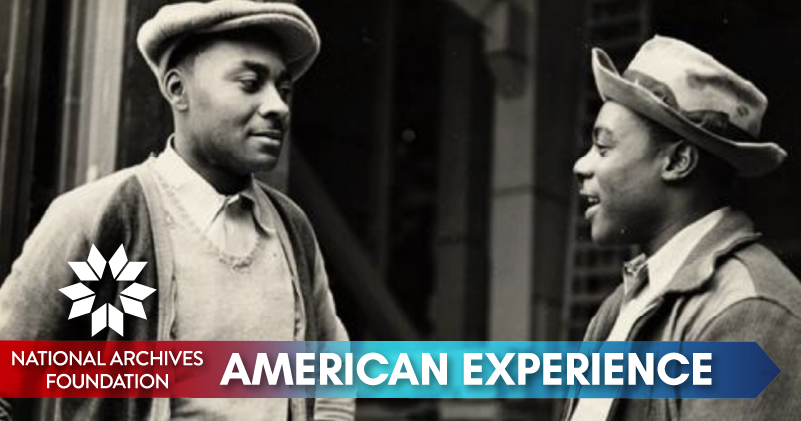Celebrating Dads Throughout History
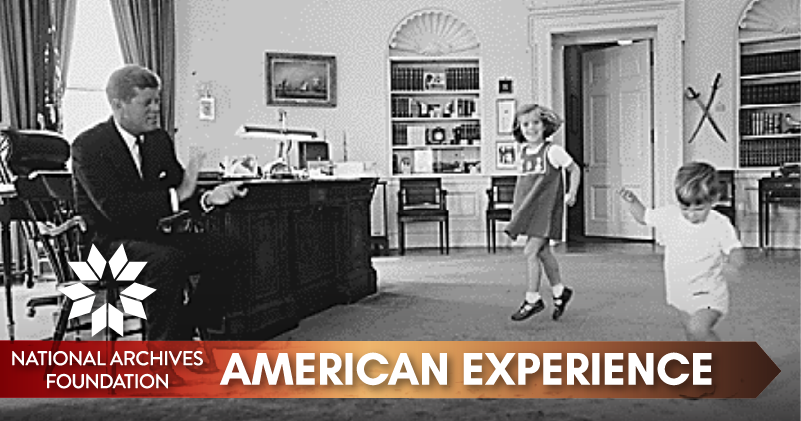
This Sunday, June 20, is Father’s Day in the U.S., a day set aside to honor all fathers. Father’s Day was the brainchild of Sonora Smart Dodd, whose father, William Jackson Smart, was thrust into the role of single parent when his wife died in childbirth, leaving him to raise six children alone.
Dodd began her campaign for an official observance of Father’s Day in the first decade of the twentieth century. It was not until 1970 that Congress made the observance official nationwide. This annual tradition is filled with phone calls home, picnics, bar-be-ques, reflections, laughs, and stories from the past – these are the oral histories of family. (And sometimes, it’s just family lore with an ounce of truth stretched to make a really good story!)
The Archives specializes in saving a multiplicity of stories and histories from our nation’s birth to today. Have you seen your mother’s or father’s or grandfather’s or great-grandfather’s military record or immigration papers? Each month amateur and professional researchers make family discoveries as they step inside the research rooms and dig into the records. As you honor the father, grandfather, or father-figure in your life this weekend, ask a question. It may lead you to a personal discovery about their past and yours.

Patrick Madden
Executive Director
National Archives Foundation
P.S. Don’t forget – Civics Season is upon us. Looking for something to do with your Dad this weekend? Jump into thecivicseason.com and find a civically-minded activity, quiz, or program for both of you!
Like Father, Like Son
Many sons enter the same profession as their fathers, but only two sets of fathers and sons have gained membership of a most exclusive club: the presidency of the United States.

John Adams served as the second U.S. president from 1797 to 1801, immediately after George Washington. John Adams was a member of the Continental Congress and an early proponent of American independence. During the 1780s, he was a diplomat to European nations on behalf of the fledgling nation, and he took his son, John Quincy Adams, then 11 years old, with him. The two of them traveled widely, and John Quincy showed an early aptitude for foreign languages, eventually learning at least eight. At the tender age of 14, John Quincy left his father and went to serve as secretary to Francis Dana, an American diplomat, in Saint Petersburg, Russia.
When John Adams returned to America in 1789, he took part in the Constitutional Convention and became the first vice president of the United States, serving under George Washington. In 1797, he was elected president, serving a single term. Adams and his wife, Abigail, were the first presidential couple to live in the White House. Just shy of a quarter century later, John Quincy Adams began his term as president in 1825. He also served as an ambassador and a member of the House of Representatives in his long political career.
The National Archives holds many letters that passed between John Adams and John Quincy Adams. They reveal an intense connection between father and son, due largely in part to the shared privileges and burdens that the presidency brings.
The second familial pair who served as president were George Herbert Walker Bush, who was the 41st president from 1989 to 1993, and his son, George Walker Bush, who was president from 2001 to 2009.
The elder Bush was a Navy pilot, a member of the House of Representatives for the state of Texas, an ambassador to the United Nations, the director of the Central Intelligence Agency, and vice president under Ronald Reagan before being elected president.
After graduating from college, George W. Bush served in the Texas Air National Guard and worked in the oil industry in Texas before entering politics. In 1994, he was elected governor of Texas, then elected president in 2000. Both Bush presidencies are most famous for their foreign policies, and, as their presidencies were separated by almost exactly a decade, they shared many common issues that threaded throughout both administrations. It’s no wonder that both Bushes were often together in the Oval Office – you can imagine what kind of advice was passed not only between father and son, but between two leaders of our nation.
The
George H. W. Bush Presidential Library and Museum and the
George W. Bush Presidential Library and Museum are both affiliates of the National Archives. They house comprehensive collections of materials about the presidencies of both Bushes.
The Mother of Father’s Day
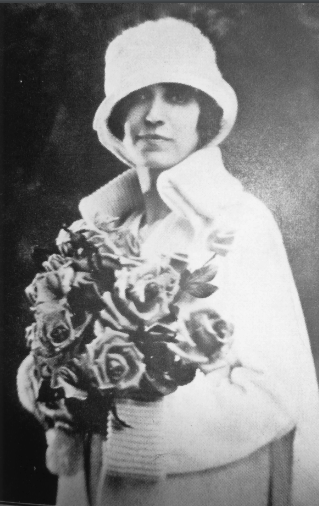
Sonora Smart Dodd was devoted to her father, William Jackson Smart, for good reason. Sonora was born in Jenny Lind, Arkansas, in 1882. In 1889, her parents moved the family to Spokane, Washington. When Sonora was 16, her mother died in childbirth, and her father became the single parent to his brood of six, the youngest of whom was three.
Sonora Smart helped her father look after her siblings. She eventually married Spokane businessman John Bruce Dodd and became a well-regarded member of the Spokane community. On Mother’s Day in May 1909, she was attending a worship service at the Central Methodist Church, and the sermon made her think about her father, who, due to his circumstances, had effectively become both mother and father to his children. Sonora was moved to launch a movement to establish an official day honoring fathers. In June 1910, she talked to her minister and then met with leaders of the Ministerial Alliance of Spokane and the Young Men’s Christian Association (YMCA). She wanted to establish a national day of recognition for fathers on June 5, her father’s birthday. The officials she spoke with all liked the idea, but they felt that date was coming up too fast for them to organize anything meaningful, so they scheduled the first observance of Father’s Day in Spokane for the third Sunday in June.
Smart succeeded in getting Father’s Day officially observed in Spokane that year, and the governor of Washington state proclaimed it an official day. The movement to enshrine Father’s Day spread across the land, but it wasn’t until 1970 that a congressional resolution was passed that designated the third Sunday in June as the official observance of Father’s Day nationwide.
The John and Sonora Dodd house in Spokane is listed on the National Register of Historic Places. The paperwork, which describes the house and the significance of its inhabitants, is in the holdings of the National Archives. It includes a detailed description of Sonora’s efforts to honor the man who had devoted his life to raising her and her siblings.
Father’s Day Genealogy
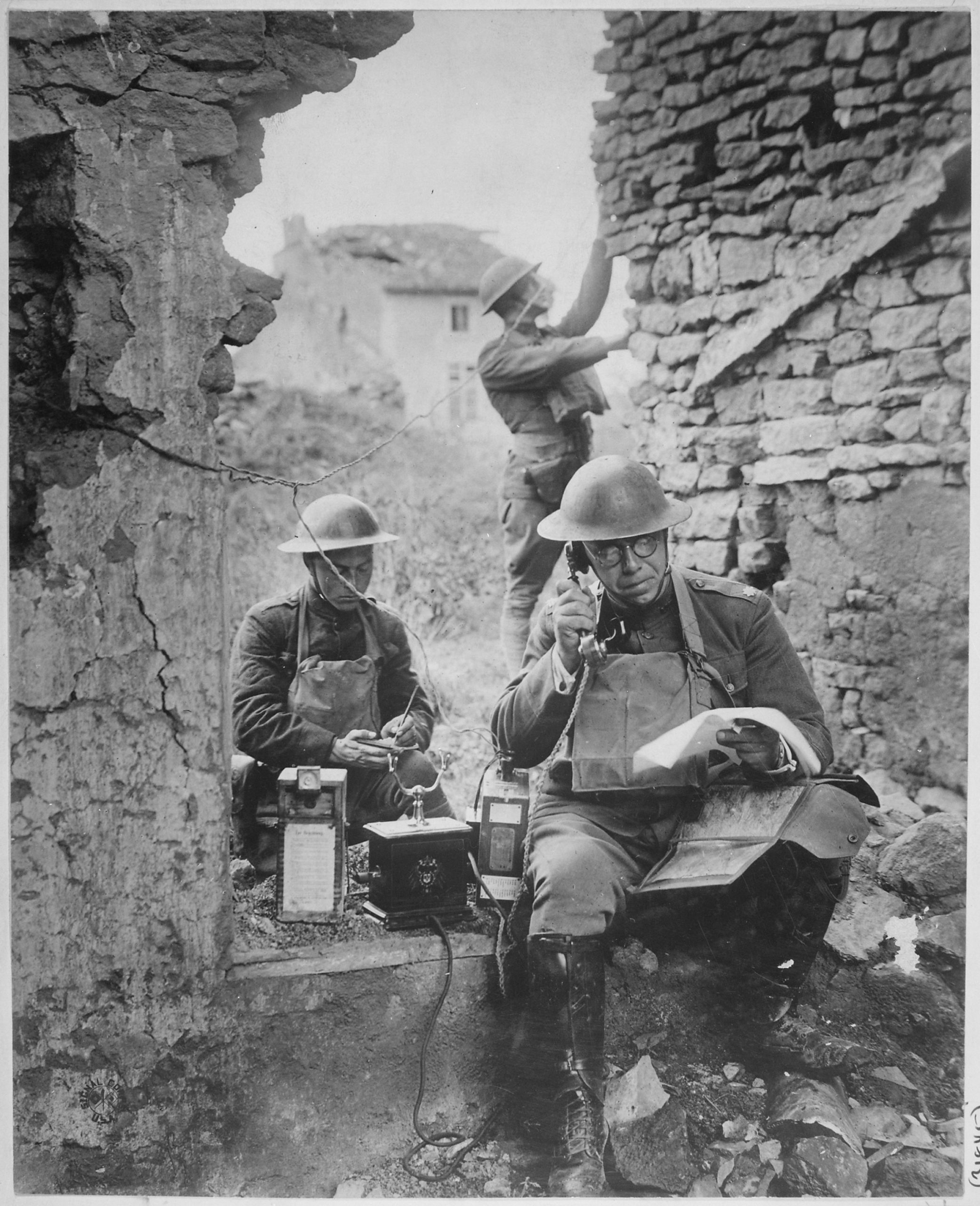
The National Archives is the place to start your investigation of your family tree, especially that of your father. In addition to a broad range of census, immigration and naturalization records, the NARA facility in Washington, D.C., holds federal military records from the Revolutionary War to 1912. Records from World War I to the present are held in the NARA facility in St. Louis, Missouri. Regimental and unit records from post-World War I are held in the NARA repository at College Park, Maryland.
Many budding family researchers have found information about their family’s history by using military records to follow their family back through history. What will you find?
On Par with Presidents
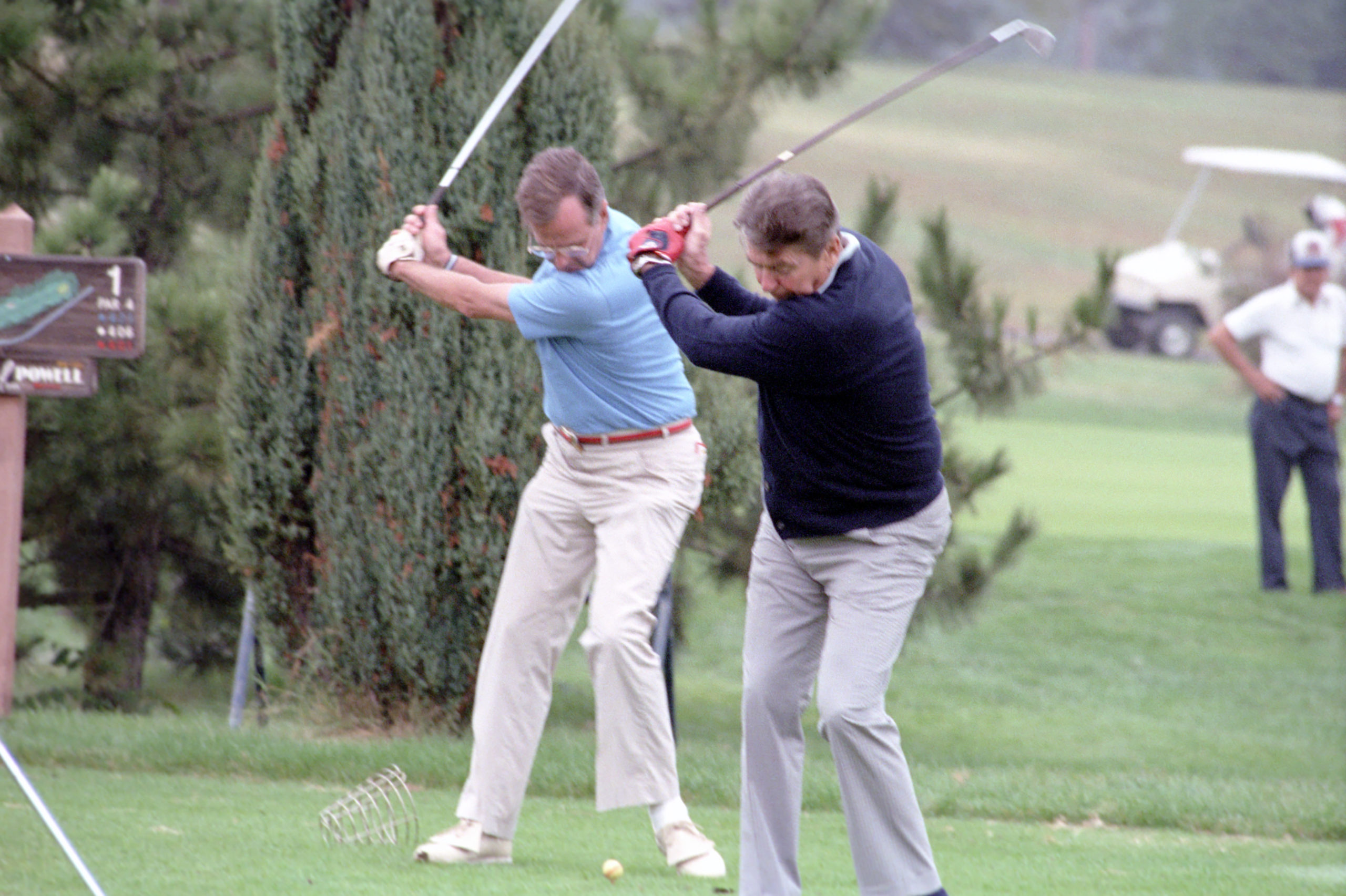
Since William Howard Taft became the first president to play the game, 15 of the following 18 presidents have taken a swing at a golf ball. Only Herbert Hoover, Harry Truman, and Jimmy Carter were not golf players. Although presidents have played the game with varying degrees of proficiency, perhaps the point is not so much the final score as the chance to spend
a few hours outdoors and out of the White House.
Yes We Cran!
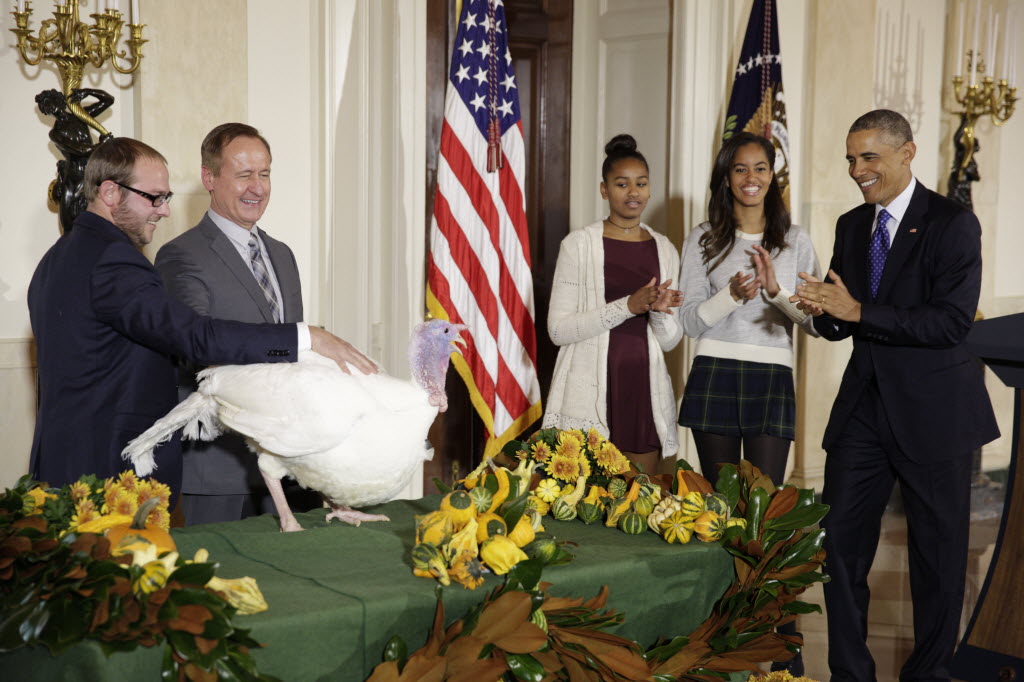
On November 23, 2016, President Barack Obama presided over a ceremony in the White House Rose Garden for the express purpose of pardoning two turkeys, Tater and Tot. He noted, however, that he had always observed another tradition during the Turkey Pardon: “embarrassing my daughters with a corny-copia of dad jokes about turkeys.”
Daughters Sasha and Malia were not at the ceremony that year. “This year, they had a scheduling conflict,” their father said. “Actually, they just couldn’t take my jokes any more. They were fed up. Malia and Sasha, by the way, are thankful that this is my final Presidential Turkey Pardon. What I haven’t told them yet is that we are going to do this every year from now on. No cameras, just us, every year. No way I’m cutting this habit cold turkey.”
The President wasn’t done punning yet. “Thanksgiving is a chance to gather with loved ones, reflect on our many blessings, and after a long campaign season, finally turn our attention from polls to poultry. This year, we’re honored to be joined by two of the lucky ones who were raised by the Domino family in Iowa: Tater and Tot. Now, Tater is here in a backup role just in case Tot can’t fulfill his duties. So, he’s sort of like the Vice Turkey. We’re working on getting him a pair of aviator glasses.
After noting that his family would be taking part in their annual Thanksgiving service project that afternoon, the president ended his speech by saying, “And when somebody at your table tells you that you’ve been hogging all the side dishes, you can’t have any more, I hope that you respond with the creed that sums up the spirit of the hungry people, ‘Yes, we cran.’”
When the audience groaned, Obama said, “Look, I know there are some bad ones in here, but this is the last time I’m doing this, so we’re not leaving any room for leftovers.”


Related Content
